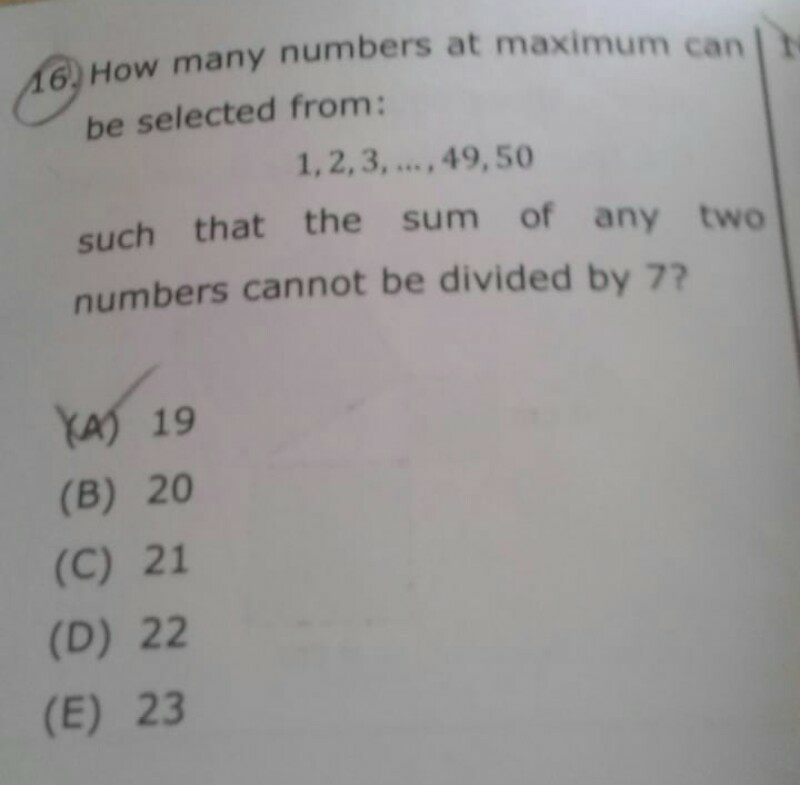
AllQuestion and Answers: Page 1675
Question Number 41052 Answers: 0 Comments: 1
Question Number 41051 Answers: 0 Comments: 1
Question Number 41049 Answers: 0 Comments: 2
Question Number 41044 Answers: 1 Comments: 0

Question Number 41038 Answers: 1 Comments: 5

Question Number 41032 Answers: 1 Comments: 0
$$\frac{{a}}{{x}−{a}}\:+\frac{{b}}{{x}−{b}}=\mathrm{2}.{find}\:{x}. \\ $$
Question Number 41027 Answers: 1 Comments: 0

Question Number 41026 Answers: 1 Comments: 0

Question Number 41023 Answers: 0 Comments: 1

Question Number 47179 Answers: 1 Comments: 0

Question Number 47182 Answers: 0 Comments: 3
$${calculate}\:\int_{\mathrm{0}} ^{\mathrm{1}} \:{e}^{−{x}} \sqrt{\mathrm{1}−\sqrt{{x}}}{dx}\: \\ $$
Question Number 41016 Answers: 1 Comments: 1

Question Number 41028 Answers: 1 Comments: 0
Question Number 41009 Answers: 1 Comments: 1

Question Number 41003 Answers: 2 Comments: 0
Question Number 40984 Answers: 0 Comments: 1
Question Number 40975 Answers: 2 Comments: 0

Question Number 40974 Answers: 0 Comments: 0
Question Number 40965 Answers: 1 Comments: 0

Question Number 40961 Answers: 1 Comments: 0

Question Number 40960 Answers: 0 Comments: 1

Question Number 40952 Answers: 0 Comments: 1

Question Number 40948 Answers: 2 Comments: 1

Question Number 40939 Answers: 0 Comments: 1

Question Number 40930 Answers: 0 Comments: 1

Question Number 40928 Answers: 1 Comments: 0

Pg 1670 Pg 1671 Pg 1672 Pg 1673 Pg 1674 Pg 1675 Pg 1676 Pg 1677 Pg 1678 Pg 1679
